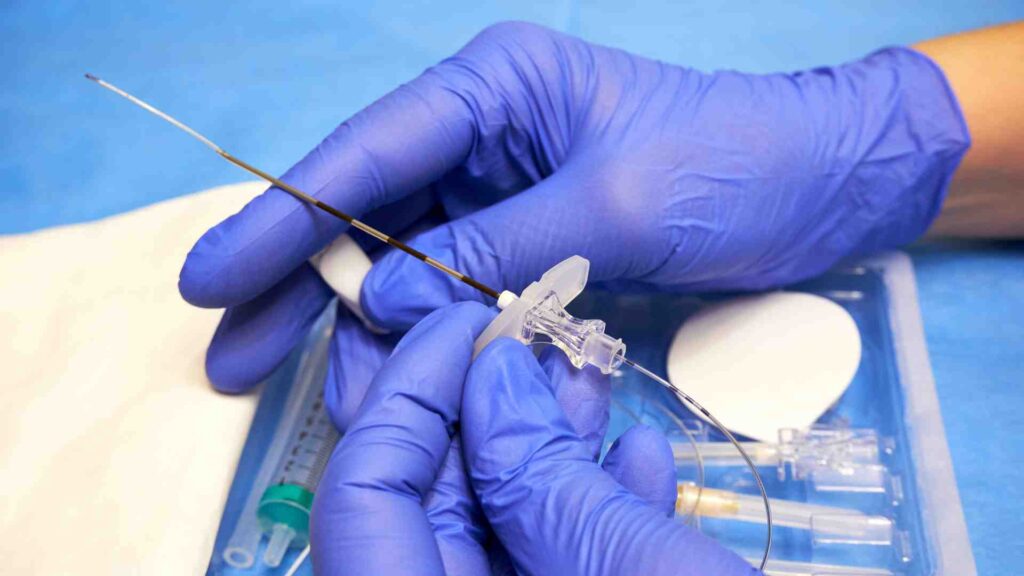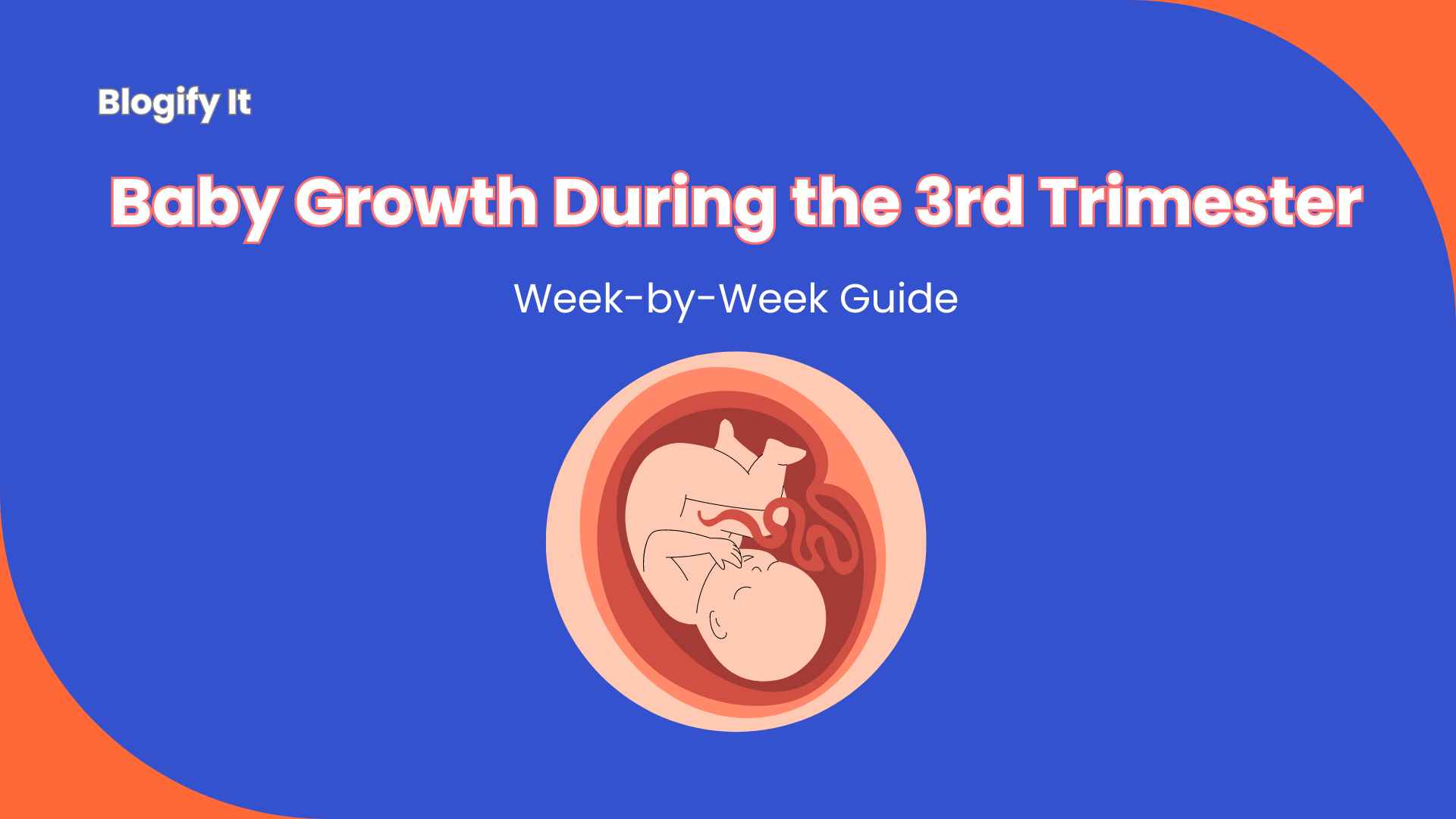Have you ever heard someone say, “I had a painless normal delivery,” and thought, “Is that even possible?” Well, you’re not alone! Many expectant mothers are intrigued by the idea of giving birth without the intense pain typically associated with labor.
Picture this: You’re in the delivery room, ready to welcome your little one into the world. Instead of gritting your teeth through contractions, you’re calm, focused, and—believe it or not—comfortable. This isn’t a scene from a sci-fi movie; it’s the reality for many women who opt for a painless normal delivery.
But wait, how is this possible? Is it safe? Does it cost a fortune? These are questions that might be swirling in your mind. Don’t worry; we’re here to guide you through the ins and outs of painless normal delivery. This will help you make an informed decision for your big day. So, let’s begin by first understanding how this is even possible.
What is a Painless Delivery?
Painless delivery, also known as epidural analgesia, is a technique of handling labor pain. In this procedure, a mild anesthetic along with pain-relieving medication is administered through a thin catheter placed in the lower back, near the spinal nerves. This blocks the sensation of pain in the lower half of the body while allowing the mother to stay awake, alert, and actively participate in the childbirth process. The goal is to make labor more comfortable and less stressful without affecting the baby’s health or the mother’s ability to push during delivery.
Is Painless Delivery Possible? If Yes, How?
You might be thinking, “Childbirth without pain? That’s like saying you can eat ice cream without the cold!” But here’s the scoop: Painless normal delivery is indeed possible, thanks to modern medical advancements. The secret ingredient? Epidural injection.
During a painless normal delivery, you’re given pain-relief medication that numbs the lower part of your body. This means you can still feel the pressure of contractions, helping you push when needed, but without the ouch factor. It’s like having a superpower that lets you experience the miracle of birth without the agony.
What is an Epidural?

Now, let’s talk about the star of the show in painless normal delivery: the epidural. No, it’s not a new type of smoothie; it’s a form of regional anesthesia that’s commonly used to make childbirth more comfortable.
Here’s how it works: An anesthesiologist injects medication into the space around your spinal cord, known as the epidural space. This magical potion blocks pain signals from your lower body to your brain. The result? You remain alert and aware during labor, but the pain is significantly reduced or even eliminated.
Think of an epidural as a “mute button” for labor pain. It doesn’t change the process of your natural delivery; it just makes the experience more peaceful. Many moms who’ve had epidurals describe it as a game-changer, allowing them to be present and enjoy the birth of their child without being overwhelmed by pain.
How Much Does Painless Normal Delivery Cost?
Now, let’s address the elephant in the room: cost. You might be wondering if painless normal delivery will have you breaking open your piggy bank. The truth is that costs can vary widely depending on where you live and your healthcare provider.
In some countries or with certain insurance plans, an epidural might be included in your standard maternity package. In other cases, it could be an additional expense. Generally, you can expect to pay somewhere between $1,000 to $3,000 extra for an epidural in the United States.
Yes, that’s a significant amount, but many mothers find the investment worthwhile for a more comfortable birthing experience. It’s like upgrading from economy to first-class on a long-haul flight—the destination is the same, but the journey is much more pleasant.
Disadvantages of Painless Normal Delivery: If There are Any!
Of course, like any medical procedure, painless normal delivery does come with potential side effects. It’s essential to be aware of these before you decide. Remember, knowledge is power, especially when it comes to your health and your baby’s. Some common side effects of epidurals include:
- Mild Side Effects: Following an epidural, some women may experience brief discomfort like backache, lightheadedness, or even shivering.
- Blood Pressure Drop: The mother’s blood pressure may occasionally drop after receiving an epidural. The baby’s heartbeat may momentarily slow down if this occurs. Rarely, a C-section may be required if medication or fluids are unable to stabilise the heartbeat.
- Spinal Fluid Leakage: Rarely, the mother may experience excruciating headaches as a result of spinal fluid leakage.
- Risks Related to the Nerves: Although very uncommon, there is a slight chance that the procedure will cause long-term nerve damage.
- Impact on the Newborn: Some research suggests that babies delivered under epidural may take a little longer to adjust and may initially face minor breastfeeding difficulties.
- Post-delivery Numbness: After the birth, mothers may feel numbness in their lower body for some time, which can make walking or moving around without assistance a bit difficult.
It’s also worth noting that in very rare instances, more serious complications can occur, like infections or nerve damage. But don’t let this scare you off—these risks are extremely low when the procedure is performed by a skilled anesthesiologist.
Furthermore, some argue that painless delivery might increase the chances of instrumental deliveries (using forceps or vacuum) or C-sections. However, recent studies show that modern, low-dose epidurals don’t significantly raise these risks.
Is Painless Normal Delivery Safe?
So, is painless normal delivery safe? The resounding answer from medical professionals is yes. When administered correctly by trained specialists, epidurals are considered very safe for both mother and baby. They’ve been used for decades and have undergone continuous refinement to maximize safety and effectiveness.
However, it’s crucial to remember that every woman and every pregnancy journey is unique. What works wonderfully for your best friend might not be the best choice for you. Some women prefer to experience labor without pain relief, feeling that it helps them connect with the birthing process. Others may have medical conditions that make epidurals unsuitable.
The key is to have an open, honest discussion with your healthcare provider. They know your medical history, understand your personal preferences, and can guide you toward the safest, most comfortable birthing experience.
My Painless Normal Delivery Experience: Honest
So, I was quite sure from the start that I would go for a normal delivery. However, I didn’t know much about painless delivery. When I reached my delivery month, I asked my doctor about it and she told me everything. I thought “wow,” I can have a normal delivery without pain then why not. So, let’s directly go to the day of delivery.
When my labor pains kicked in and my cervix was 4 cm dilated, I immediately asked my doctor for an epidural. (Usually, they can give it after 3 cm dilation itself.) But guess what? The anesthetist wasn’t around at that time, so I had no choice but to tolerate the pain for a while longer. By the time I finally got the epidural, I was already 8 cm dilated. Within just half an hour after that, I was fully dilated. Honestly, at that point, I felt like taking the epidural was almost useless for me.
But let me tell you—when the epidural kicked in, the relief was magical. Those unbearable contractions suddenly felt more like period cramps. I could actually breathe and relax for a bit. Still, in the end, my delivery turned into a forceps delivery.
Conclusion
In conclusion, painless normal delivery isn’t just a myth or a luxury reserved for the elite. It’s a safe, viable option that has helped countless women around the world have positive birthing experiences. Whether you choose to go au naturel or opt for pain relief, remember that there’s no “right” way to give birth. The safest delivery is one where you feel informed, supported, and empowered.
So, as you prepare for your big day, consider all your options, including painless, normal delivery. After all, welcoming your little one into the world should be a moment of joy, not just endurance. Here’s to a safe, comfortable, and beautiful birth experience!




